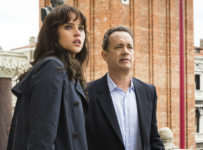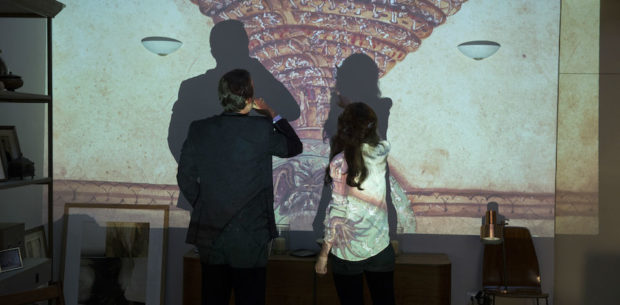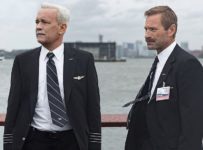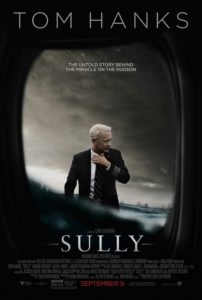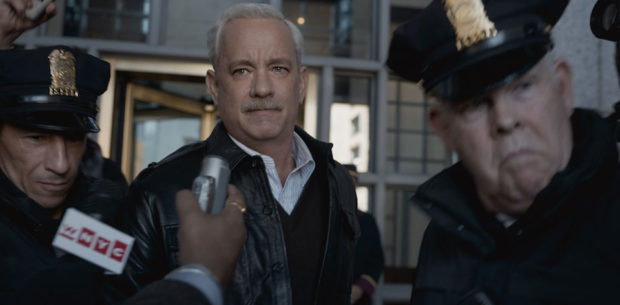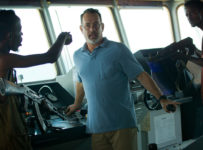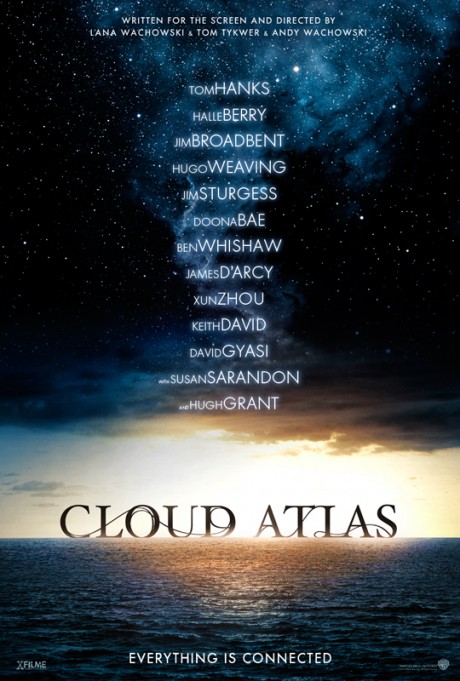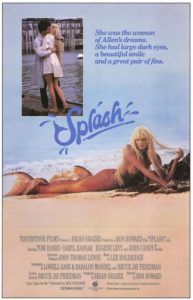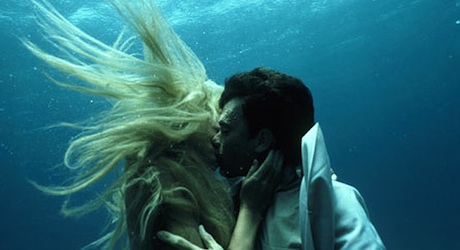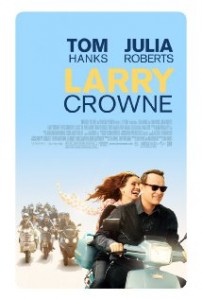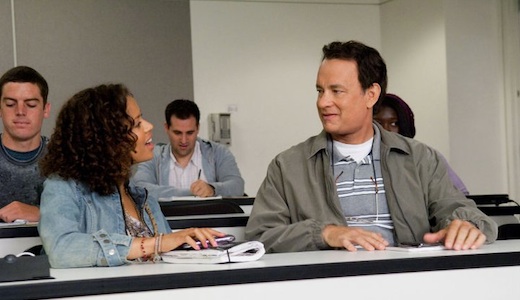Thirteen feature films into Wes Anderson’s filmography, you probably know what to expect: cinematic dollhouses, picture postcards, familial issues, and whimsy. It would be easy to say he keeps making the same film, but they’re always variations on a theme—like a chef continually refining a signature dish. Which is perhaps why THE PHOENICIAN SCHEME stands out: it feels like a conscious, iterative evolution of the Anderson model.
All the familiar elements are still present, of course, right from the locked-off opening shot of 1950s arms dealer and industrialist Zsa-Zsa Korda (Benicio del Toro) sitting in a near-empty plane cabin. But when Korda survives yet another assassination attempt, triggering surreal black-and-white visions of an afterlife judging his life, the film begins to explore unexpectedly weightier terrain.
That’s not to say Anderson, collaborating again with Roman Coppola (who shares a story credit), has abandoned his inky comedy. Joined by his estranged daughter Liesl (Mia Threapleton, slipping into the Andersonverse as if she’s always been there) and her wary tutor-assistant Bjørn (Michael Cera), Korda crisscrosses the globe to swindle investors and cover a ballooning budget shortfall. That gap, naturally, has been created by meddling government agent Excalibur (Rupert Friend), whose sabotage includes driving up the price of building materials.

Relying on a rhythmic repetition of structure—each encounter involving an argument, an unusual event, an assassination attempt, and some kind of accord—Anderson and del Toro craft a character on an unlikely redemption arc. We meet basketball-playing investors Reagan and Leland (Tom Hanks and Bryan Cranston) in a tunnel; freedom fighter Sergio (Richard Ayoade) wrecking chandeliers in a nightclub owned by Marseille Bob (Mathieu Amalric); and a hand-pumped blood transfusion with Jeffrey Wright. The cameos and supporting parts are too numerous to list, but Benedict Cumberbatch may have landed the role of a lifetime: often mentioned, appearing only briefly, yet leaving a powerful impression, thanks in part to an equally powerful beard.
Visually and technically, Anderson arranges everything like the meticulously kept shoeboxes that house Korda’s elaborate schemes. Seasoned cinematographer Bruno Delbonnel—whose credits range from Peter Bogdanovich and Jean-Pierre Jeunet to the Coen Brothers, Julie Taymor and Tim Burton—has only previously worked with Anderson on H&M’s Come Together campaign. Here, he brings something distinct to Anderson’s palette, even if it’s not a million miles from the symmetry of regular DP Robert Yeoman.
You could still walk in cold on THE PHOENICIAN SCHEME and know from a single frame that it’s a Wes Anderson joint. There’s no mistaking it by now. Yet there’s a metaphysical undercurrent here that feels fresh, sidestepping the ironic detachment of The Darjeeling Limited or The Grand Budapest Hotel in favour of something more earnest. Anderson continues to refine his recipe, and for now, it’s a course I’m happy to keep exploring.
2025 | USA | DIRECTOR: Wes Anderson | WRITERS: Wes Anderson (Story by Wes Anderson and Roman Coppola) | CAST: Benicio del Toro, Mia Threapleton, Michael Cera, Riz Ahmed, Tom Hanks, Bryan Cranston, Mathieu Amalric, Richard Ayoade, Jeffrey Wright, Scarlett Johansson, Benedict Cumberbatch, Rupert Friend, Hope Davis | DISTRIBUTOR: Universal Pictures | RUNNING TIME: 105 minutes | RELEASE DATE: 29 May 2025 (Australia), 30 May 2025 (USA)

